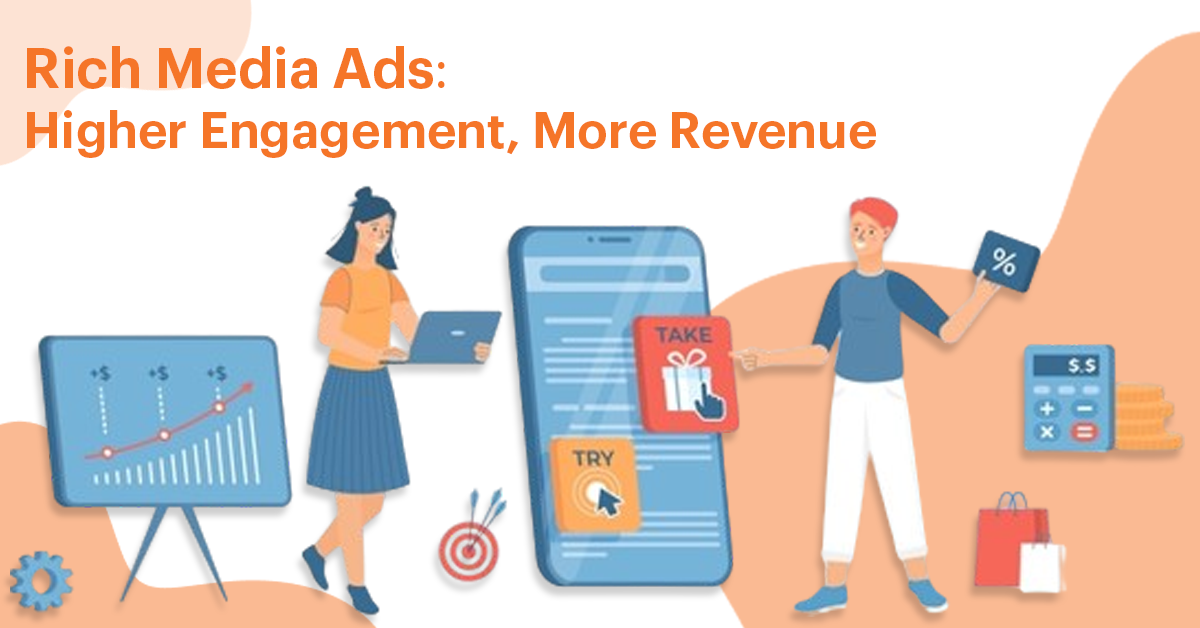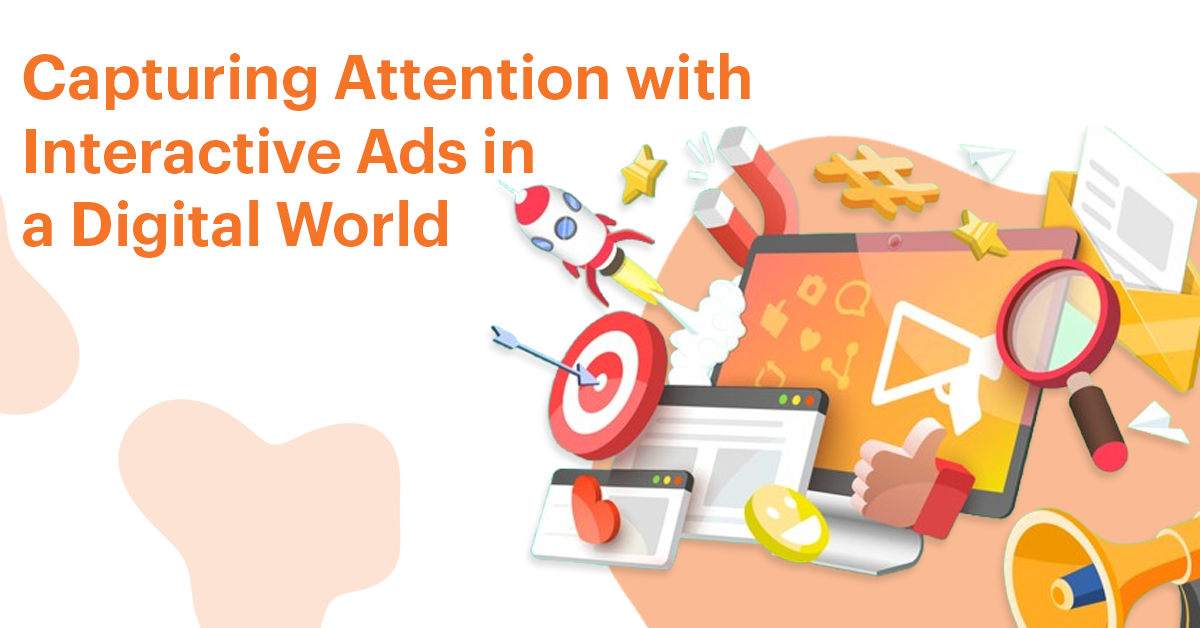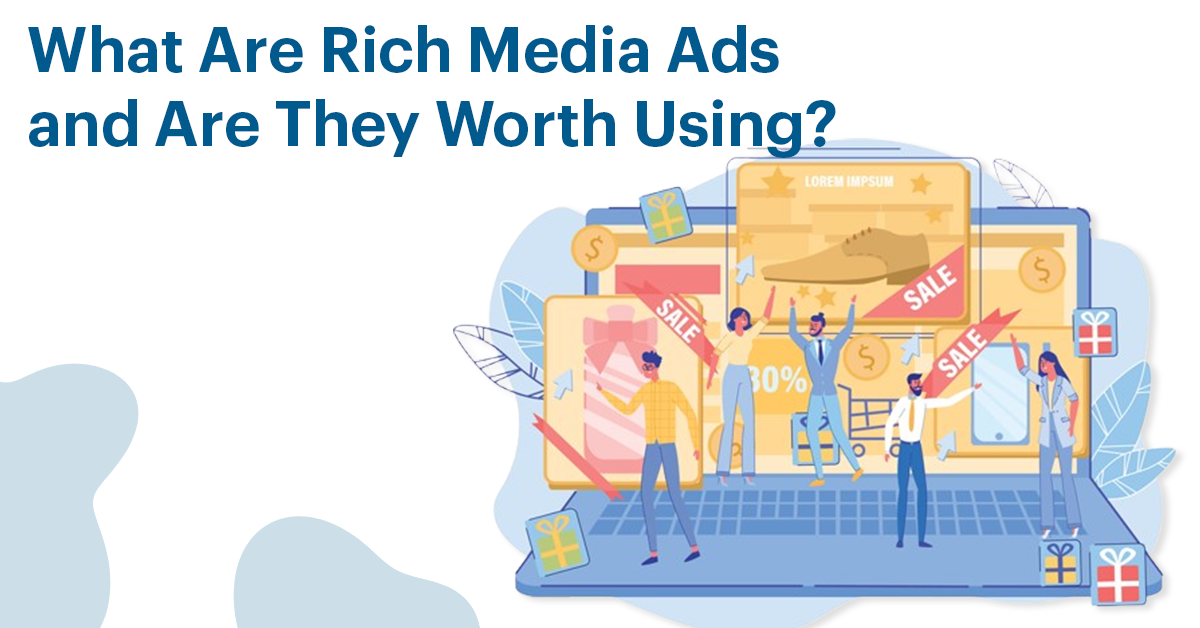

Rich media ads create a more engaging experience for consumer while increasing ROI for advertiser.
Advertising on every part of the website causes consumers to feel ad fatigue, especially when ads disrupt users’ experience.
Recent studies have revealed that online ads have poor reviews from consumers. From pop-ups to interstitial ads disrupting the user experience to remarketing users from one site to the next, users are becoming increasingly frustrated with ad campaigns.
For most publishers, advertising plays a key role in their monetization strategy. What can we do to explain the gulf between online advertising’s bad reputation and its undisputed ability to generate revenue?
It is in the kinds of advertisements displayed to customers.
A large majority of users—83%—believe that “not all ads are bad, but I want to filter out the obnoxious ones.” Another 77% say, “I wish there were a way to ad-filter instead of blocking all ads.”
As the name implies, the sophisticated Rich media ads are focused on interactive elements and visually engaging images. Rich media ads are created to draw viewers’ attention and increase engagement with customers using a combination comprising text, pictures, videos, audio, and other components. They also have advanced features that can adapt to the gadget of the viewer and can be widened if the user clicks on them, hovering over the content or altering the placement of the ad campaign on the page.
Rich media ads offer exciting designs, allowing consumers to experience the interaction they desire in an increasingly ad-filled online space.
Media ads that are rich in imaginative elements have numerous benefits for advertisers.
Rich media ads stand out for their creative and engaging design. In addition, because of the increased analysis of data available using the technology of rich media, they’re flexible, allowing advertisers to target specific groups of their target audience based on locations or browsing habits.
Rich media ads encourage users to engage through interactive elements, leading to higher customer interaction and improved campaign performance. According to eMarketer, rich media ads perform 267% better than traditional banner ads. This increased performance stems from their ability to capture attention and drive interaction.
In addition to increasing user engagement, rich media also drives the desire to buy, which results in more ad revenue for advertisers and publishers.
Research has proven that advertisements using rich media-based creatives resulted in a 1.16 % increase in purchasing intent compared to ads that use other formats, like plain GIFS and still pictures.
Like any other online advertising campaign, you’ll need to develop a plan before launching a rich media ad. Be aware of what you are advertising, who your group is, and how you can best engage them through your interactive ads.
At this point in the process, marketers must choose the kind of media they wish to utilize in their advertising campaigns. For instance, if they’re going to use video, what would the video contain? Simplified Campaign Creation with CMPs
The creators must also consider what elements of the ads can be interactive, such as a slide function.
When designing video ads of any kind, advertisers should think about and then list the creative assets they have.
Are you planning to use footage from a stock source, or are you planning to shoot the video on your own? If you’re employing your footage, hiring actors, shooting videos, and then writing the script is necessary.
creative management platforms (CMPs) that support HTML5, designing and launching rich media campaigns has become easier than ever. Publishers should select a CMP that aligns with their budget, creative capabilities, and campaign goals.
Publishers should select a CMP that aligns with their budget, design resources, and rich media content needs.
After you’ve created your ad, now it’s right time to start your campaign. These interactive ads are widely served across platforms like Facebook, Instagram, LinkedIn, and search engines, expanding their reach and impact.
Rich media advertising provides access to specific data, allowing advertisers to analyse what’s working and use it to improve their strategies.
Advertisers can track how much of a video or audio ad users consume, down to exact percentages. Rich media also provides insights into audience demographics, helping advertisers better understand and reach their ideal viewers.
A variety of ad formats work with this format.
Banner ads are a top choice in digital advertising, known for their visibility and reach across websites.
Their placement at the top of the page boosts visibility and helps reduce load times. When they replace standard advertising banners with dynamic banner ads, advertisers can boost ad participation and the rate of clicks. Rich media ads often appear at the top of a webpage, giving them better visibility and faster load times. According to Adform, while static banner ads achieve a 0.12% click-through rate, rich media ads reach 0.44%—a 267% increase in performance.
Interstitial ads are adverts that fill the entire screen with natural transition points when users scroll through page content. Because of interstitial ad placement, they are challenging to miss and are compatible with HTML5 technology. Furthermore, their use in gaming applications encourages players to interact with them, making this ad format an ideal match for a rich media advertisement.
Expandable rich media ads are multi-directional. Interactive ad formats expand when users engage through actions like hovers, clicks, or taps. In contrast to static display ads, these ads are enticing for users, ultimately leading to high CPMs.
The pushdown ad format is a bit like the expandable ad format; however, these ads expand in only one direction: downwards. The ads are displayed like a teaser or preview of the page but do not entirely obscure the content. This results in excellent viewability, but the load time could be high.
Be sure to keep your message clear and straightforward, just as you would do with text advertisements.
Suppose you are an advertiser transitioning their ads from static to rich media. In that case, it’s important to ensure that the presentation is consistent with your branding image to help increase the recall of your brand.
Make sure not to make your file size as small as possible to ensure that page load times are minimal.
Consider creating multiple advertisement variants based on demographics, language, and geographic location to target audiences.
It is not a secret that when compared to traditional advertisements, rich media ad formats are a more attractive choice for publishers who want to expand their reach in digital advertising.
Rich media provides a higher level of interaction with users, which increases advertisers’ return on spending and provides a more enjoyable experience for all users in the digital world.
If you’re making over $2,000 in monthly advertising revenue, contact us now to learn more about how Performoo can increase your revenue from advertising and maximize the amount of ad space you can display on your site or app.
Continue your learning journey with these related insights

In today’s fast-paced digital world, grabbing consumers’ attention is more challenging than ever. Static ads often need help attracting users, leading marketers to look for new ways to engage consumers. One of these solutions is the interactive ad, a dynamic advertising style that promotes participation and engagement. What Is An Interactive Ads? Interactive ads encourage […]

Join thousands of advertisers who trust Performoo to optimize their campaigns and maximize revenue.
You care deeply about delivering a top-notch experience to your audience. Whether it’s your content or the ads you show, everything should reflect quality. We understand that—and we believe your ads should meet the same standard. Content is king, and you’ve mastered that. But what about advertising? Are you still using dull, forgettable banners that […]